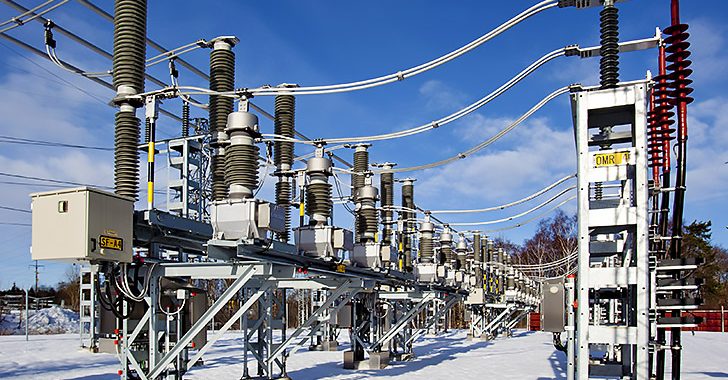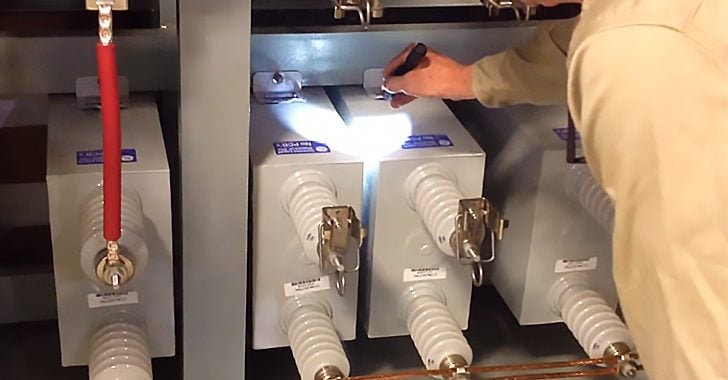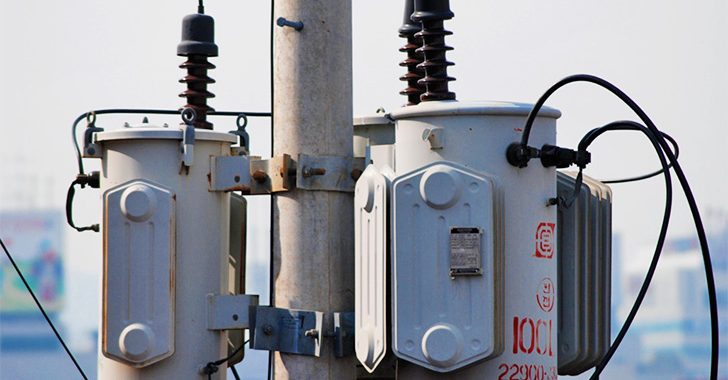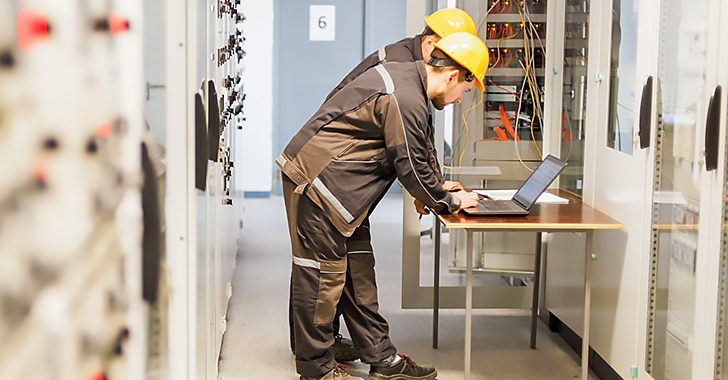|
Recommended Lighting Levels For Sports Areas
|
| TYPE OF SPORTS |
PRACTIVE LEVEL |
MINOR LEAGUE |
MAJOR LEAGUE |
PROV LEVEL |
| Bowls |
20 lux |
50 lux |
100 lux |
150 lux |
| Tennis |
50 lux |
100 lux |
150 lux |
250 lux |
| Football |
50 lux |
100 lux |
250 lux |
450 lux |
| Cricket Outfield |
50 lux |
100 lux |
250 lux |
450 lux |
| Cricket Pitch |
100 lux |
200 lux |
400 lux |
600 lux |
| Hockey |
50 lux |
100 lux |
250 lux |
350 lux |
| Swimming |
50 lux |
100 lux |
150 lux |
250 lux |
|
Industrial & Office Applications Lux Level
|
| WORK AREAS |
WORK TYPE |
LUX |
| General Engineering |
Rough Work |
160 lux |
| General Engineering |
Medium Work |
400 lux |
| General Engineering |
Fine Work |
800 lux |
| General Engineering |
Very Fine Work |
1600 lux |
| Inspection Areas |
Rough Work |
160 lux |
| Inspection Areas |
Medium Work |
320 lux |
| Inspection Areas |
Sub Assemblies |
400 lux |
| Inspection Areas |
Fine Work, electric & high precision mechanical |
800 lux |
| Offices |
Entrance halls and receptions areas |
160 lux |
| Offices |
Conference facilities, general offices, typing and filing |
500 lux |
| Offices |
Computer and business machine operation |
630 lux |
| Offices |
Drawing Offices |
800 lux |
| Outdoor Areas |
Mechanical loading |
10 lux |
| Outdoor Areas |
Manual loading |
10 lux |
| Outdoor Areas |
Service station forecourts |
160 lux |
| Warehousing |
Inactive storage |
20 lux |
| Warehousing |
Loading bays and large materials storage |
100 lux |
| Warehousing |
Small material storage, packing and dispatch |
200 lux |
|
Recommended Lighting Levels
|
| Characteristics of Activity |
Representative Activity |
Illuminance (lux) |
| Interiors rarely used for visual tasks (no perception of detail) |
Cable tunnels, nighttime sidewalk, parking lots |
50 |
| Interiors with minimal demand for visual acuity (limited perception of detail) |
Corridors, changing rooms, loading bay |
100 – 150 |
| Interiors with low demand for visual acuity (some perception of detail) |
Foyers and entrances, dining rooms, warehouses, restrooms |
200 |
| Interior with some demand for visual acuity (frequently occupied spaces) |
Libraries, sports and assembly halls, teaching spaces, lecture theaters |
300 |
| Interior with moderate demand for visual acuity (some low contrast, color judgment tasks) |
Computer work, reading & writing, general offices, retail shops, kitchens |
500 |
| Interior with demand for good visual acuity (good color judgment, inviting interior) |
Drawing offices, chain stores, general electronics work |
750 |
| Interior with demand for superior visual acuity (accurate color judgment & low contrast) |
Detailed electronics assembly, drafting, cabinet making, supermarkets |
1000 |
| Interior with demand for maximum visual acuity (low contrast, optical aids & local lighting will be of advantage) |
Hand tailoring, precision assembly, detailed drafting, assembly of minute mechanisms |
1500 -2000+ |
|
Interior Light Levels
|
| Environment |
Required Light Level |
| Storage Area / Plant Room (minimal movement of people) |
150 – 200 Lux |
| Construction Areas & Loading Bays (minimal perception of detail) |
300 – 500 Lux |
| Factories & Kitchens (higher perception of detail) |
500 – 750 Lux |
| Inspection, Welding, And Machinery (demanding work) |
750 – 1000 Lux |
| Electronics & Textile Production (repetitive detail) |
1000 – 1500 Lux |
| Technical Offices (accurate detail) |
1500 – 3000 Lux |
| Jewelers & Goldsmiths (precision detail) |
3000 + Lux |
|
Outdoor Light Levels
|
| Environment |
Required Light Level |
| Very Bright Summer Day |
Up To 100,000 Lux |
| Overcast Summer Day |
30,000 – 40,000 Lux |
| Floodlit Football Match |
700 – 16,000 Lux |
| Shady Room In Daylight |
250 – 300 Lux |
| Night Light On A Building |
60 Lux |
| Night-Time Urban Street |
10 Lux |
| Night-Time Car Park |
1 Lux |
| Security Floodlights |
700-1300 Lux |
| Shed Lights |
150-300 Lux |
| Lamp Posts |
120-180 Lux |
| Landscape Spotlights |
120 Lux |
| Outdoor Path Lighting |
100 Lux |
| Path lighting. |
100 Lux |
| Landscape Lights |
100-300 Lux |
| Garden lights |
20 Lux |
|
Illumination Level
|
| Light levels as per IS 1944 |
| Classification of Road |
Type of road |
illumination (lux) |
| Group A1 |
Important traffic routes carrying fast traffic |
30 |
| Group A2 |
Other main roads carrying mixed traffic, like main city streets, arterial roads, throughways etc |
15 |
| Group B1 |
Secondary roads with considerable traffic like principal local traffic routes, shopping streets etc |
8 |
| Group B2 |
Secondary roads with light traffic Important traffic routes carrying fast traffic |
4 |
|
Illumination Level
|
Roadway
Classification |
Average Maintained Illuminance |
| High lux |
Medium lux |
Low lux |
| Major/Major |
34 |
26 |
18 |
| Major/Collector |
29 |
22 |
15 |
| Collector/Collector |
24 |
18 |
12 |
| Collector/Local |
21 |
16 |
10 |
| Local/Local |
18 |
14 |
8 |
|
Interior Lighting Level
|
|
Chartered Institute of Building Services Engineers CIBSE Part 2 (2002)
|
| Illuminance (lux) |
Activity |
Area |
| 100 |
Casual seeing |
Corridors, changing rooms, stores |
| 150 |
Some perception of detail |
Loading bays, switch rooms, plant rooms |
| 200 |
Continuously occupied |
Foyers, entrance halls, dining rooms |
| 300 |
Visual tasks moderately easy |
Libraries, sports halls, lecture theatres. |
| 500 |
Visual tasks moderately difficult |
General offices, kitchens, laboratories, retail shops. |
| 750 |
Visual tasks difficult |
Drawing offices, meat inspection, chain stores. |
| 1000 |
Visual tasks very difficult |
General inspection, electronic assembly, paintwork, supermarkets. |
| 1500 |
Visual tasks extremely difficult |
Fine work and inspection, precision assembly. |
| 2000 |
Visual tasks exceptionally difficult |
Assembly of minute items, finished fabric inspection. |
|
Illumination levels of Switch Yard
|
|
AS/NZS 1158.3.1
|
| Switchyard area lighting targets |
Illuminance (lx) |
| HV areas including any overhead line road crossings and any access path zone type infrastructure |
10 |
| Non-HV areas and general open areas |
5 |
| Isolated areas such as back of buildings, corners of switchyards away from HV Equipment |
2 |
|
Sub Station Light Levels
|
|
WEST BENGAL STATE ELECTRICITY TRANSMISSION COMPANY LIMITED
|
| Environment |
Required Light Level |
| CONTROL ROOM / Switch gear Room |
300 |
| Battery Room |
150 |
| Communication Room |
300 |
| Offices/Engineers’ Room/Other Office Room |
300 |
| Toilet |
100 |
| Outdoor Switchyard area including road |
30 |
| Stairs |
100 |
| Corridor |
100 |
| Road within campus including colony area |
30 |
| Maintenance room |
150 |
| Any other spot where high level of illumination required |
150 |
| Dormitory & ‘C’ type quarters |
150 |
| Auxiliary Buildings like Pump room and other houses |
150 |
| ACDB- DCDB room/Store / Store Office |
150 |
| Conference room |
300 |
| Tiffin room/Kitchen |
150 |
| GIS Hall |
150 |
|
Sub Station Light Levels
|
|
ODISHA POWER TRANSMISSION CORPORATION LIMITED
|
| Environment |
Required Light Level |
| Control Room |
350 |
| PLCC Room |
300 |
| LT Room |
150 |
| Charger Room |
150 |
| Cable Gallery |
150 |
| Heating Plant |
100 |
| Battery Room |
100 |
| Computer Room |
300 |
| Entrance lobby |
150 |
| Corridor and landing |
150 |
| Conference and display |
300 |
| Rest Room |
250 |
| AHU Room |
100 |
| DG Set Building |
150 |
| Fire Fighting Pump House |
150 |
| Switchyard – Main equipment |
50 |
| Switchyard – general equipment and balance |
30 |
| Street/Road |
30 |
February 15, 2019 at 08:00AM by Department of EEE, ADBU: http://bit.ly/2AyIRVT








